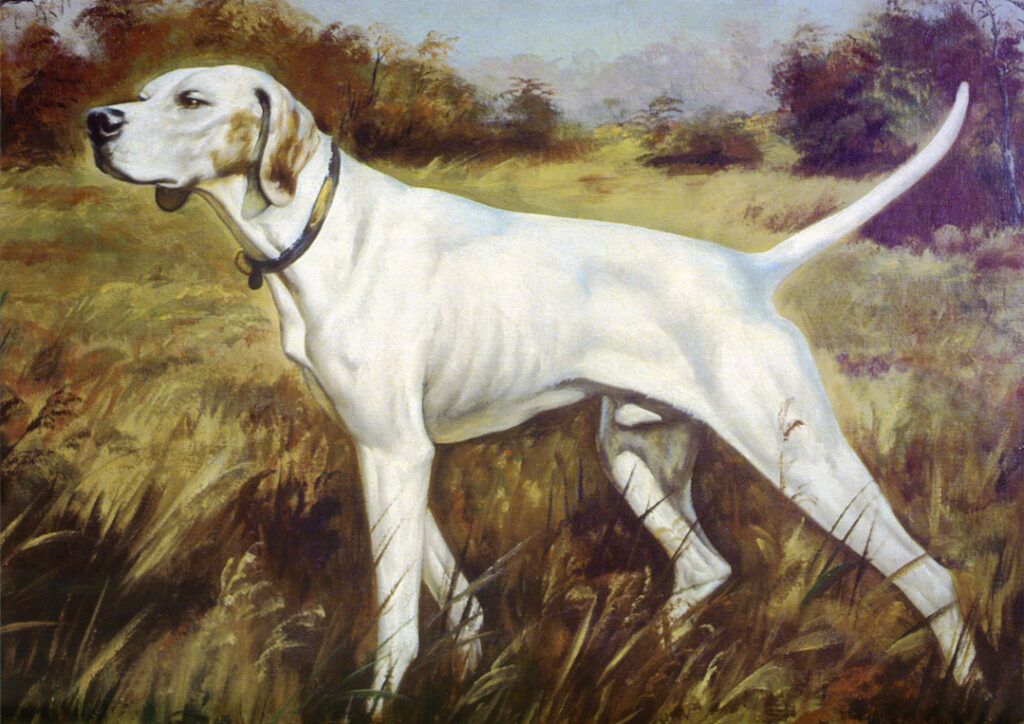It was my privilege to report the National Free-For-All Championship at Sedgefields, Safford, Alabama a few years just before its discontinuance as a three-hour stake. It was unique, and its loss was a blow to the sport.
First run in 1916 by the National Field Trial Club, it was first won by John Proctor (HOF 1954), which had won the National Championship the week before after a two-hour second series. After a cold, crated train ride from Tennessee to Alabama, the win proved Ole John a true Iron Dog. His production record would cement his immortality, for he appears prominently in the top sire line (and elsewhere) of most great pointers to this day.
The club was organized, lead, and supported by AGC Sage, a New York Lumber Barron, Graduate of Yale, and leading breeder of pointers, and an opera fan. He had been a member of the board of the National Bird Dog Champion Association with Hobart Ames but for some reason broke with Ames (but continued to sponsor dogs that consistently won the National Championship).
Hobart Ames set the standard for the National Championship and had it written up as The Amesian Standard. It emphasizes bird finding and manners (and in practice a slow, constant pace by judges). The Free-For-All standard evolved to be faster-paced and emphasized range. Plus, every Free-For-All entry had to run an hour qualifier to make the three-hour finals.
Jimmy Hinton, a meat packer by trade, had bought Sedgefields from the widow of Clyde Morton, Sage’s private trainer-handler to whom he had sold Sedgefields in a sweet deal that allowed Morton to pay for it by harvesting its mature timber. Sage never ran the Free-For-All on Sedgefields, believing his having a home-court advantage would be unfair. Clyde Morton had also handled Hinton’s dogs, including double National Champion Palamonium (1956 and 1959).
Hinton had the directors, judges and reporter stay and eat breakfast and supper with him in the famous Sage manor house on Sedgefields during the trial, quite a treat. In the living room before a roaring fireplace, Mr. Jimmy would tell stories, one repeatedly, in which he said Herman Smith’s agents kidnapped Palamonium during his last-brace race at the Ames Plantation in 1957, when Herman won with Wariel Allegheny Sport in a bird-finding-record race. Palamonium had come back to win a second National Championship in 1959, Morton’s final win there. (Ironically, his successor as Hinton’s trainer-handler was also named Morton (Billy, no kin to Clyde, but father of Billy Wayne, next trainer-handler for Mr. Jimmy at Sedgefields).
Hinton’s cook, Barbara, was a wonderful chef and the meals she served bountiful and delicious. Lunches were served in the Fred Shappert Clubhouse. (Sage had provided handlers free lunches served by white-jacketed black waiters at the Free-For-All, but under Mr. Jimmy they were not free).
Hinton had tubular hanging quail feeders set on the courses for pre-released coveys and contestants grumbled that Hinton’s entries knew the feeder’s locations and hunted for them to unfair advantage.
The first year I reported (2003) the title was won by T. Jack Robinson’s Solid Reward, which had just won the Florida. Jack was a director of the Club as he was of the Florida and the National Championship clubs.
The following year, Solid Reward came close again, and at a last-minute call of point for him at the top of Death Valley, the final yards of the punishing three hours, this scribe suffered a memorable dishonorable dismount. My assigned mount had run out of gas and to replace it “Snake”, retired as Charles Morton’s handling horse, had been provided. I said that Snake was a Cadillac ride. Charles’ son, serving as a marshal, remarked prophetically, “He’s got a lot of miles on him.”
When the final call of point for Reward came, I called on Snake to canter, and when responding a front hoof went into a depression and Snake went down in front and tossed me forward on my forehead. For a moment I was stunned and could not seem to move. Then I recovered enough to roll over and suddenly a blond with long hair was bending over me — it was Ruth Ann Epp who had ridden to my rescue. Fortunately, the course was muddy, reducing the impact to my forehead of Snake’s toss. Reward suffered an unproductive and I reported the remaining braces from Mr. Jimmy’s Jeep with him driving.
The National Derby Championship with 90-minute heats was run in conjunction with the Free-For-All and had large quality entries. I recall some great derby performances, including by Miller’s White Powder which was later banned as contestant and sire by the FDSB for alleged misrepresentations of parentage by Ferrel Miller. Ferrel judged the Free-For-All when Solid Reward won, along with Johnny Capps.
I remember too when coyotes attacked and bloodied a Fred Dileo entry in a swamp adjoining the river-bottom section of the course. Also seeing John Russell turn a summersault off his mount when it stumbled at a canter on the river bottom course. John rose from the mud to remount.
White Powder Pete for Colvin Davis won in 2006, scouted by Mazie, with a wide-ranging race.
Mr. Ed Mack Farrior gave me a guided tour of that Sedgefields during a Saturday break in the Amateur Free-For-All being run at the other Sedgefields (at Union Springs), an experience I will never forget. He had worked there for Mr. Sage with Clyde Morton before his service in WW II.
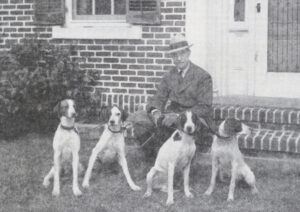
AGC Sage with Haphazard, Sedgefields Signal, The Hottentot and Superlette.
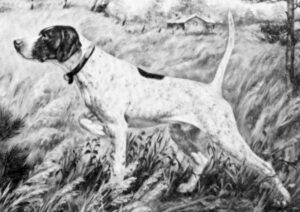
Palamonium (painting by Iwan Lotton)
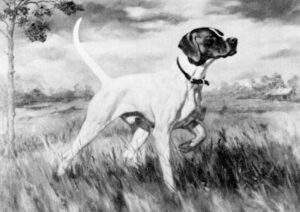
Wariel Allegheny Sport (painting by Iwan Lotton)
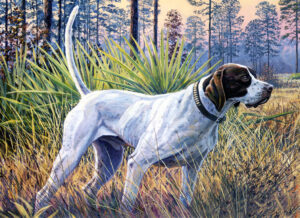
Solid Reward
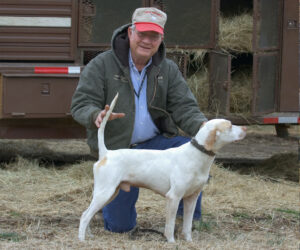
Colvin Davis with White Powder Pete (photo Chris Mathan)
Feature image: John Proctor (painting by Iwan Lotton)
